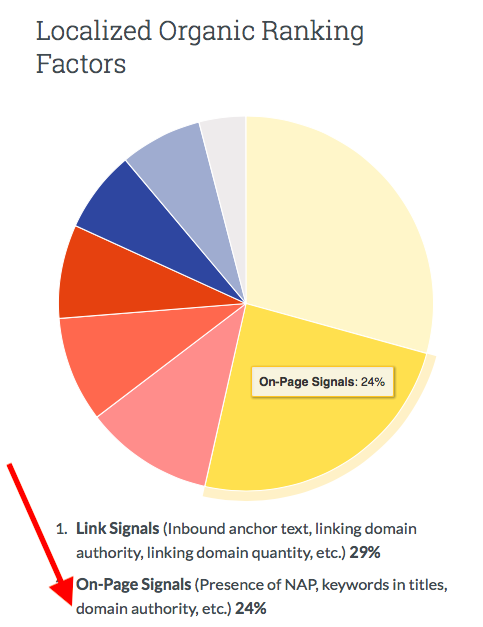Driving more customers to your online business has been (and always will be) a top priority for ecommerce companies. Just a simple Google search will bring up thousands of tips to increase the number of visitors to your website and boost your ranking with SEO secrets.
But if there are thousands of ways to do so, why do so many ecommerce businesses continue to struggle in attracting customers to their sites?
Unfortunately, this is because the majority of these tips are either baseless, misleading, or just plain wrong. If there is no scientific proof to back up a person’s claims, chances are that it simply won’t make a difference.
But, this does not mean that it is impossible to drive more traffic. There are some strategies that have been proven with data-backed analytical studies that are, incredibly, quite simple solutions to your customer traffic issues.
Here are four data-backed ways to boost your numbers.
1. Use a Data-Focused eCommerce SEO Platform
Obviously, the higher up your website ranks on the organic search results pages, the better the chances are that people will click on the link. Google RankBrain is the AI-powered algorithm that determines the order of search results based on numerous factors, not just exact keyword matches. According to Moz’s report, the authority and trustworthiness of the website’s domain is one of the most important factors in organic ranking.

RankBrain measures this authority based on numerous credentials. To put this in the simplest terms, the more well-known, popular, and trustworthy the hosting service is, the better it will fair with Google’s ranking.
Therefore, going with an SEO-optimized ecommerce platform that is already recognized by Google can support a higher ranking. Many services also offer SEO-boosting features for ecommerce, such as customizable meta descriptions, image alt tags, and H1 headings, that can provide more content for RankBrain to pick up on and, again, possibly boost your rankings.
2. Focus on External Link Building Content
Among the numerous benefits that Big Data influencer marketing offers, it can absolutely increase your ecommerce webpage traffic. It does so by building your brand’s awareness among new audiences and establishing an online presence through external links.
Going back to Moz’s report, the anchor text of external links also plays a significant role in RankBrain’s algorithm. Therefore, the more relevant links that you have on other websites, the better. In fact, according to Reboot’s study, building up external links was proven to boost search engine rankings and increase traffic over time.
Whether you go with a more social media-focused campaign, or a thought-leadership long-form content strategy, what matters most is that the content is including links from external sites that lead to your webpages and promotes your online store. There are other methods to do this as well, such as writing content for blogs on high-ranking websites or even starting an advocacy program with employees and customers to encourage social sharing with embedded links.
3. Gauge Google Shopping Data
Most online customers are only out there looking for a good deal. Unless they are already loyal to your brand or your product offers something truly unique and specific, customers are going to go with the item with the best price and the highest reviews.
Google now offers a similar product comparison page to Amazon called Google Shopping. This is an incredibly powerful tool for ecommerce sites to use for high visual rankings. This service does come at a cost, just like AdWords, but your product pages can be optimized to improve the data quality for better rankings. Obviously, top keywords should be included in your product description bubble, but the order of these words does matter. The most important keywords should be included first, such as the brand, color, size, and so on.
Since these product results pop up directly on a Google search result, it provides your brand with the opportunity to essentially be listed twice, both as an organic result and a paid visual result too.
4. Increase Your Content Frequency
Referring back to that Moz RankBrain study once again, the algorithm also takes your website’s activity into account when determining ranking. If your website is being updated and refreshed consistently, it shows that it is an active page. However, if your site was merely designed and launched and no new content has been added in months, it could negatively impact your ranking.
This is why posting new content to your website regularly is important. According to a study from Hubspot, websites that published fresh blog content 16 times or more every month averaged 3.5 times higher traffic rates than sites that only posted four times or less.
The more active your website is, the better. If your ecommerce site does have a blog, be sure to keep it active with consistent posts.
Conclusion
There is plenty of misleading advice out there for ecommerce sites to try to boost their rankings. The truth is that there is no secret formula that is absolutely guaranteed to get your website to the #1 spot. Google is incredibly picky and secretive about its methods for ranking, but there are some data-proven strategies out there that can make a positive impact in your SEO strategy and drive more traffic to your online store.